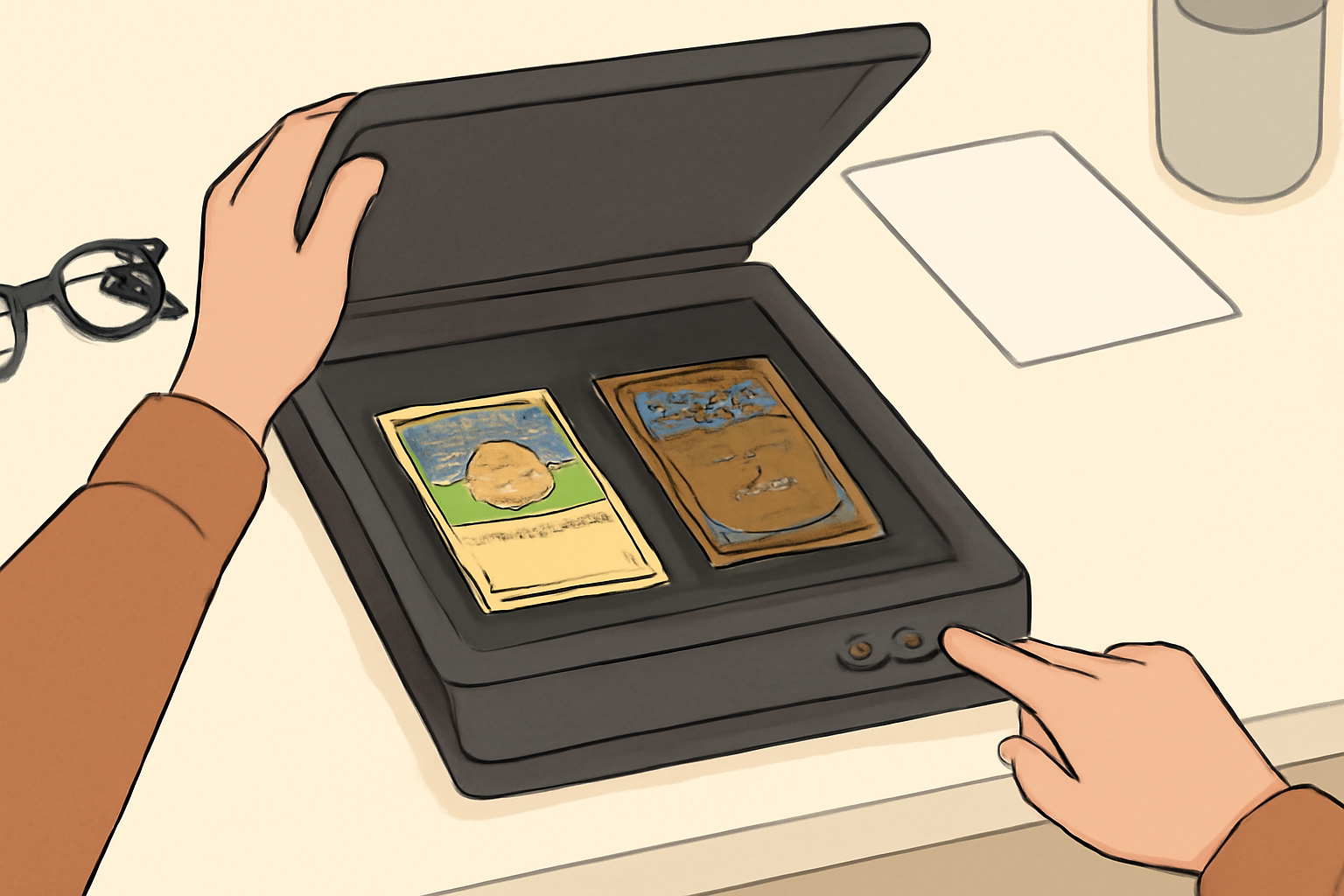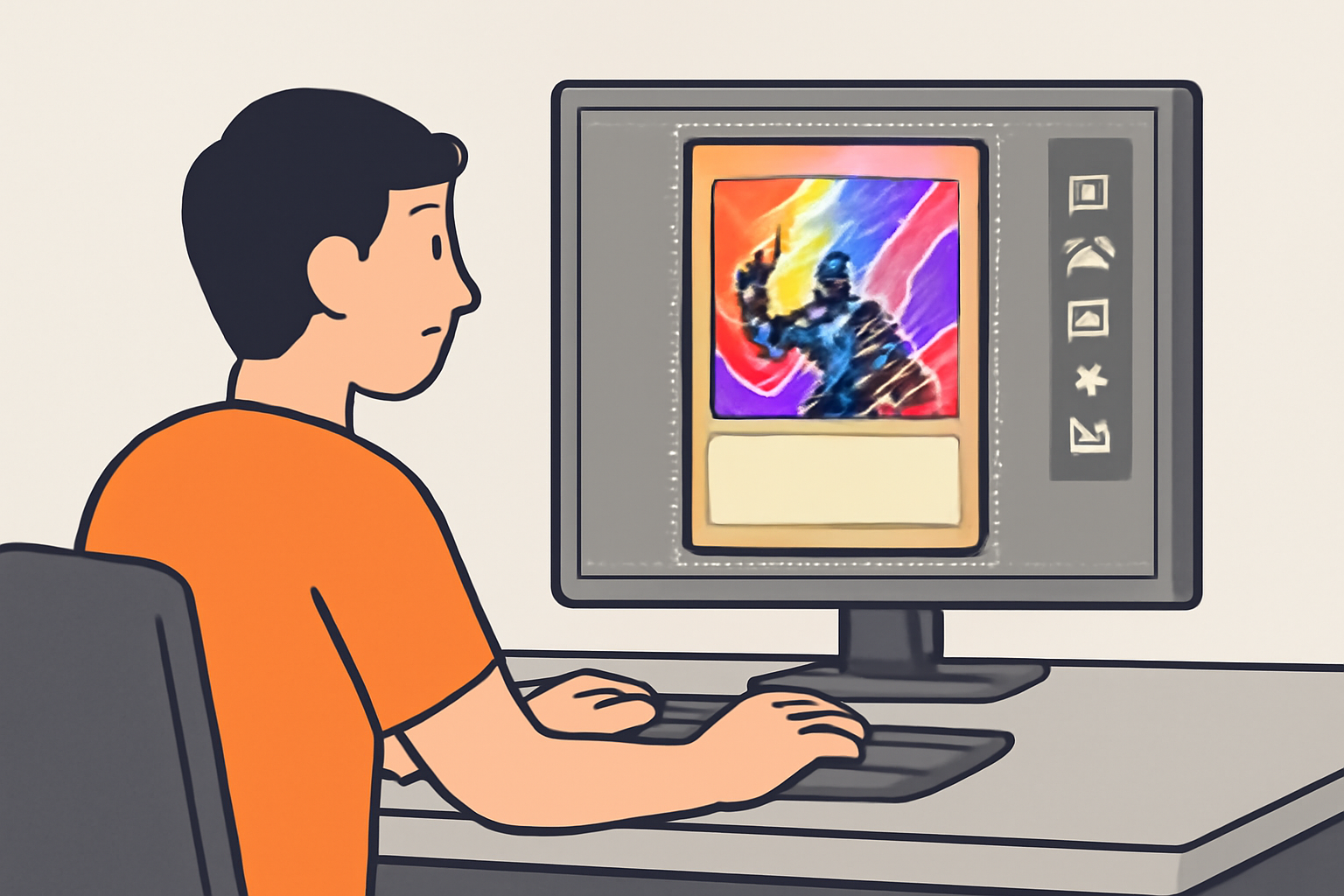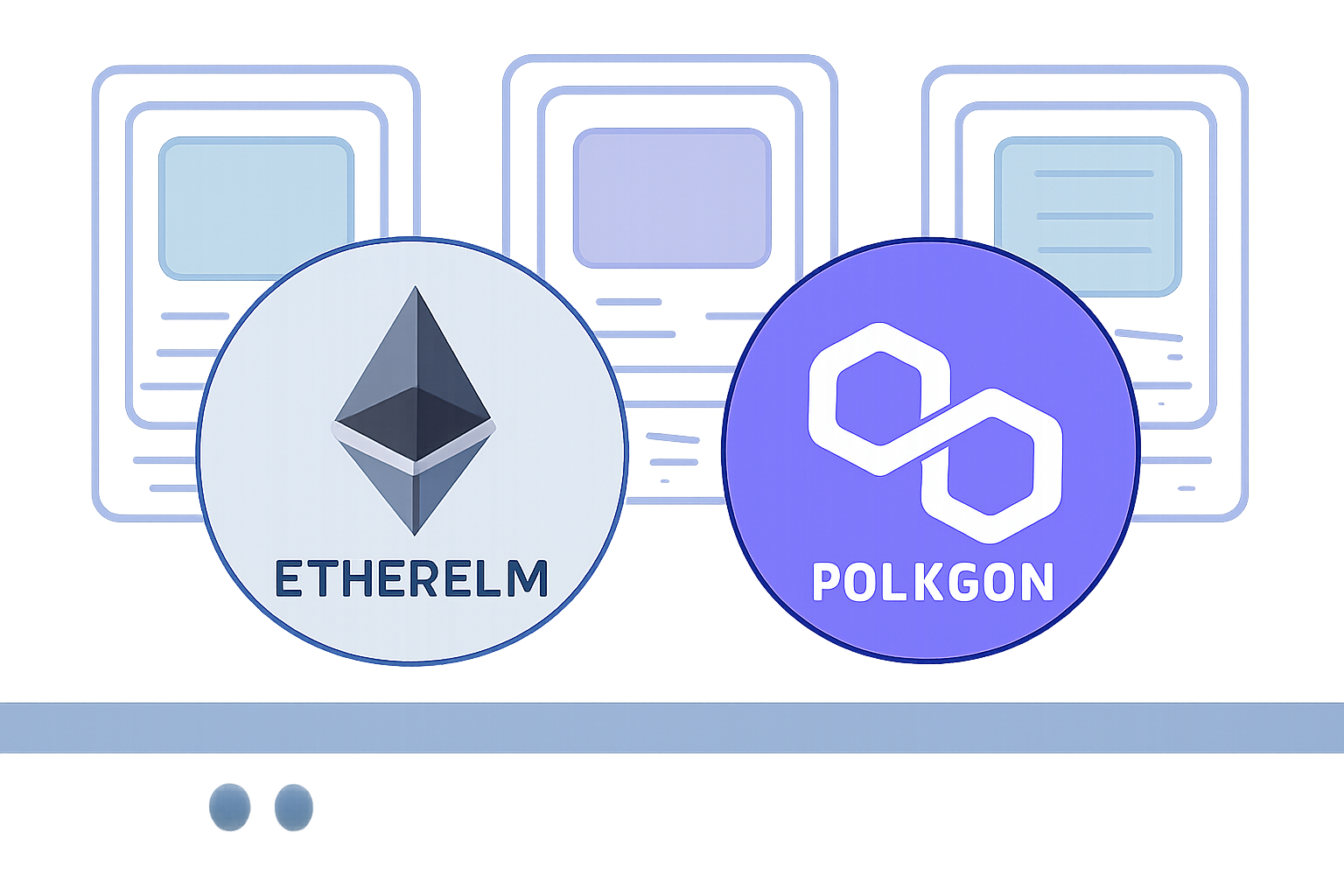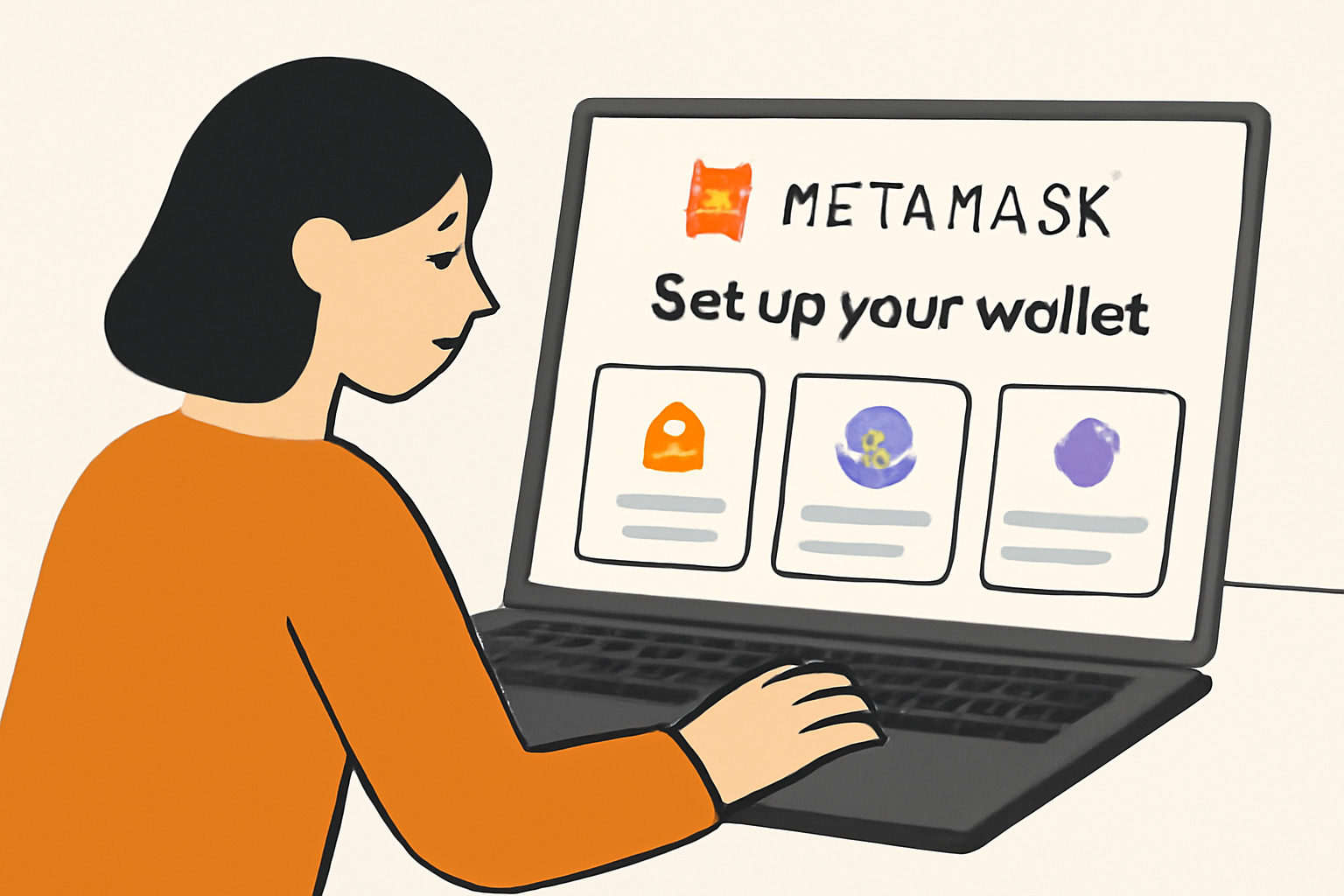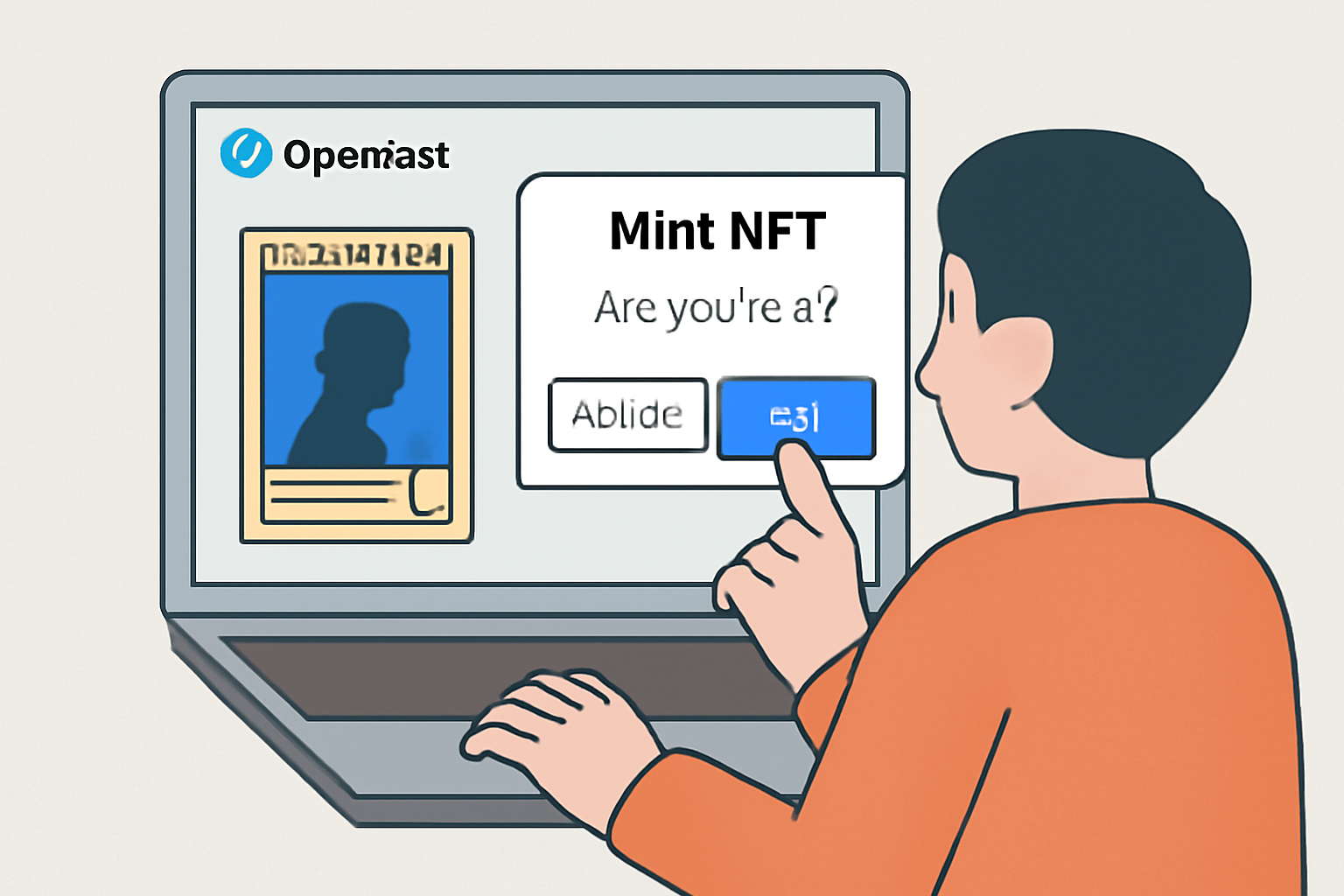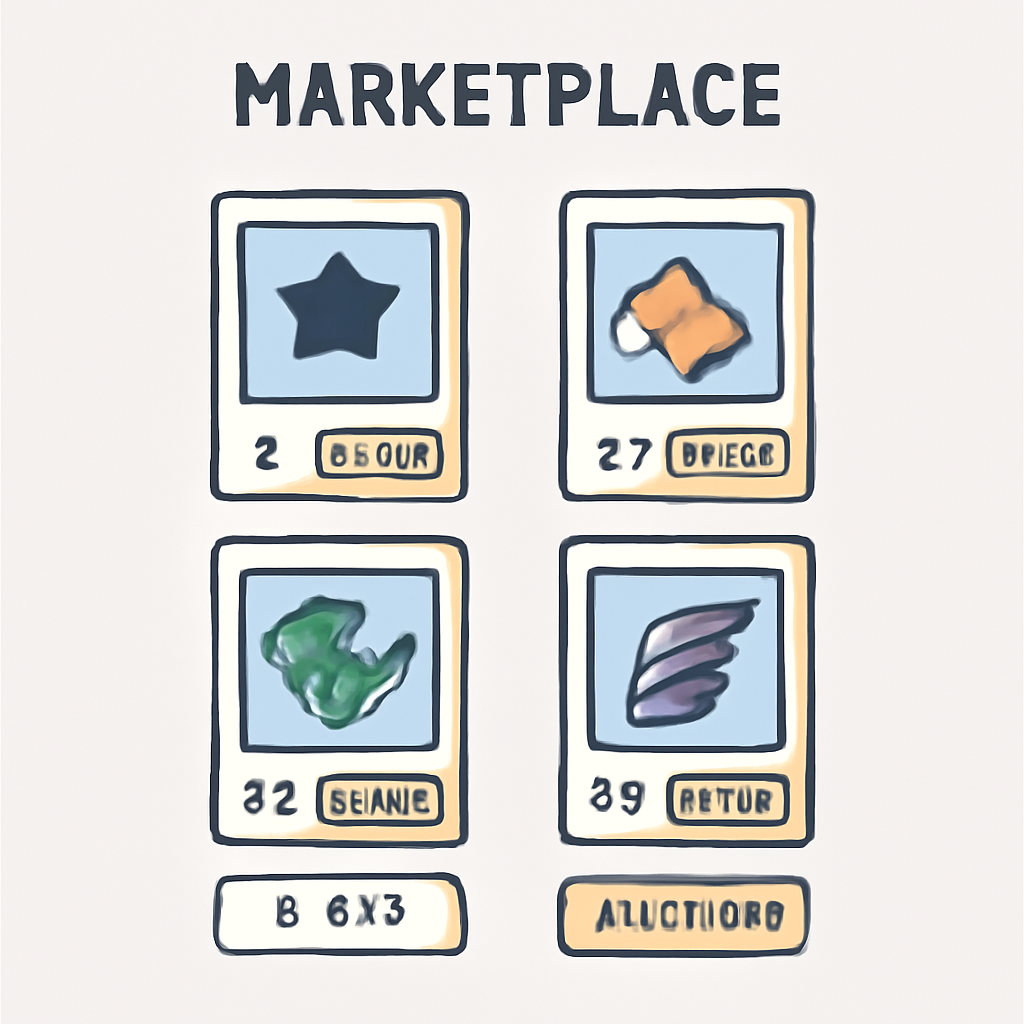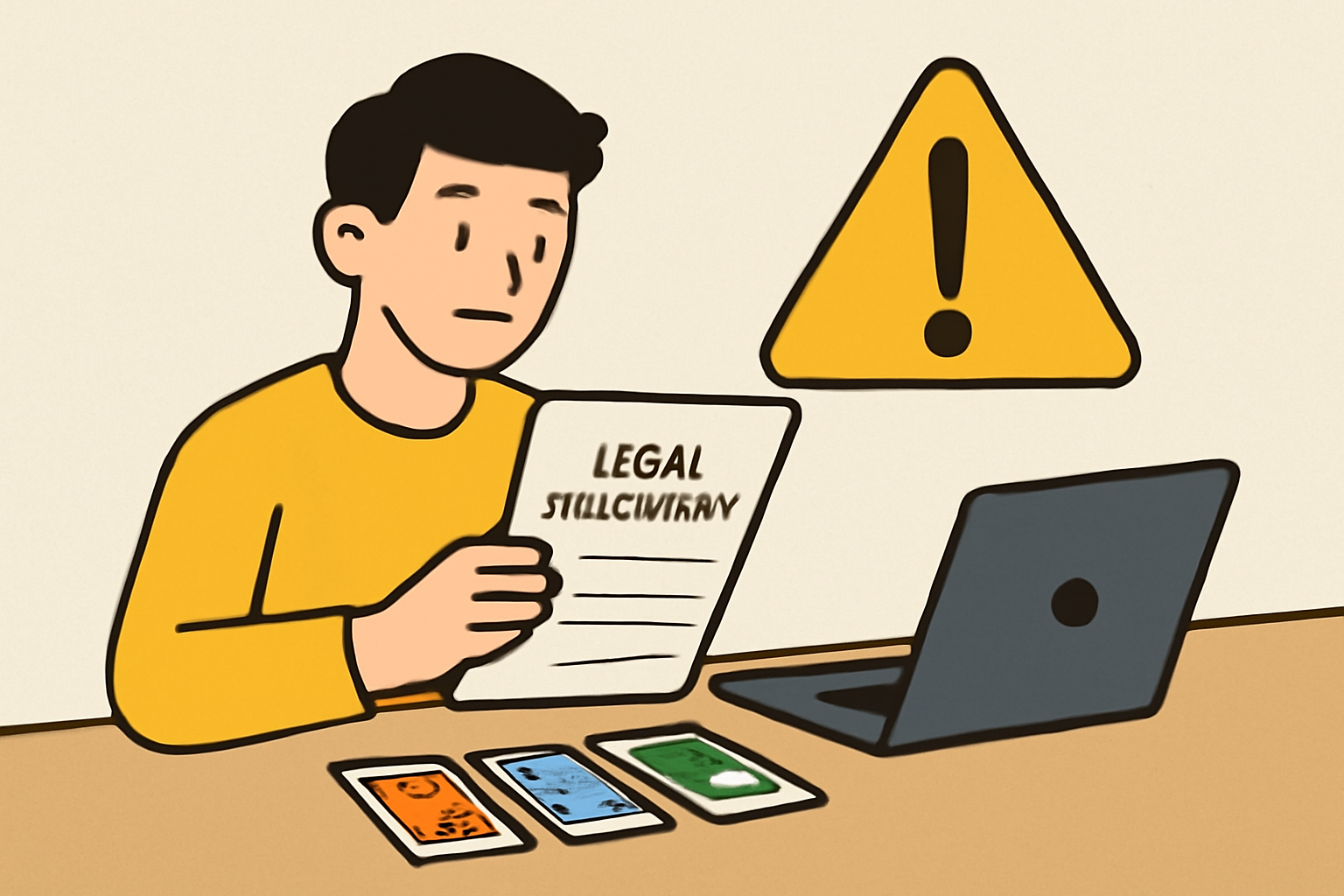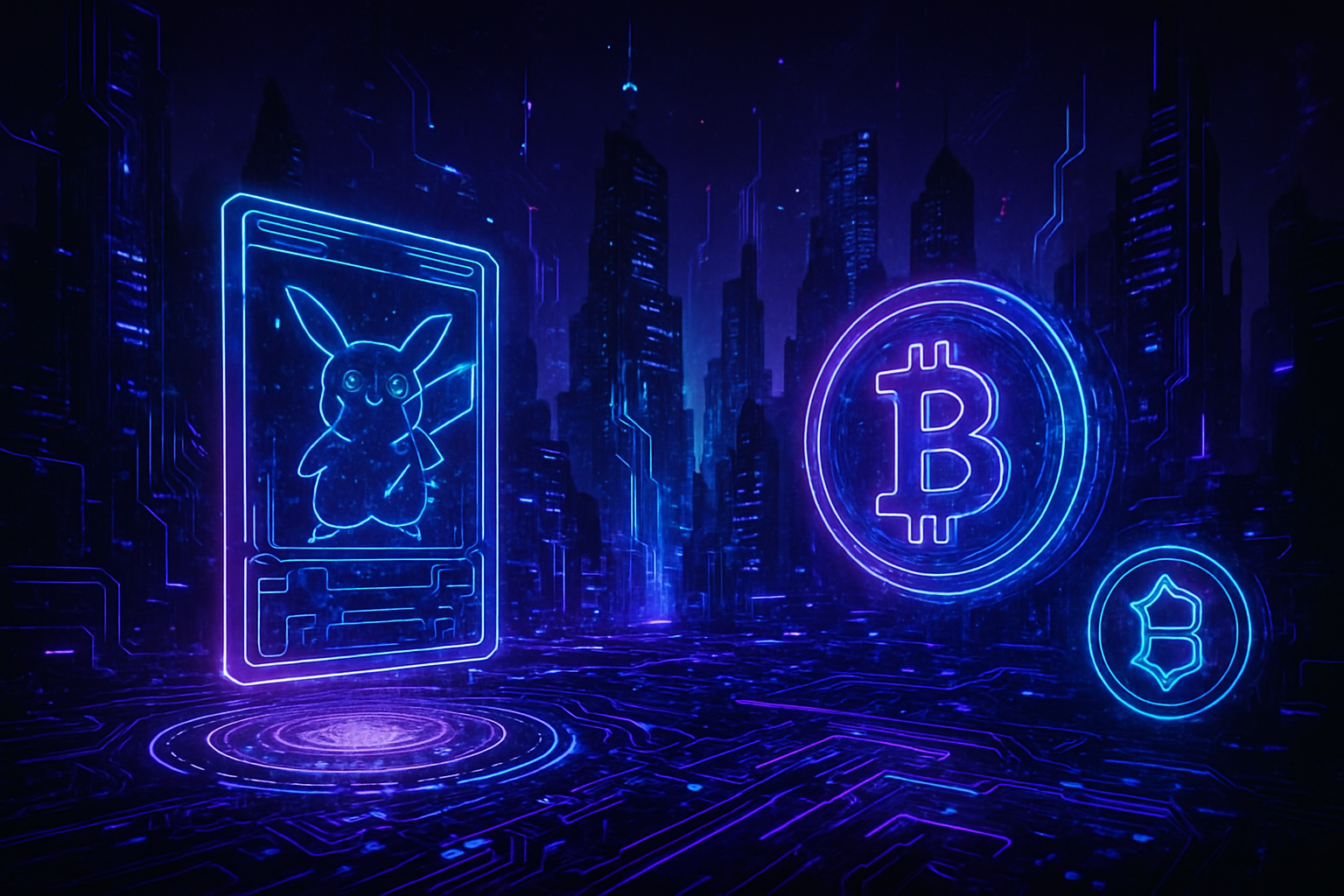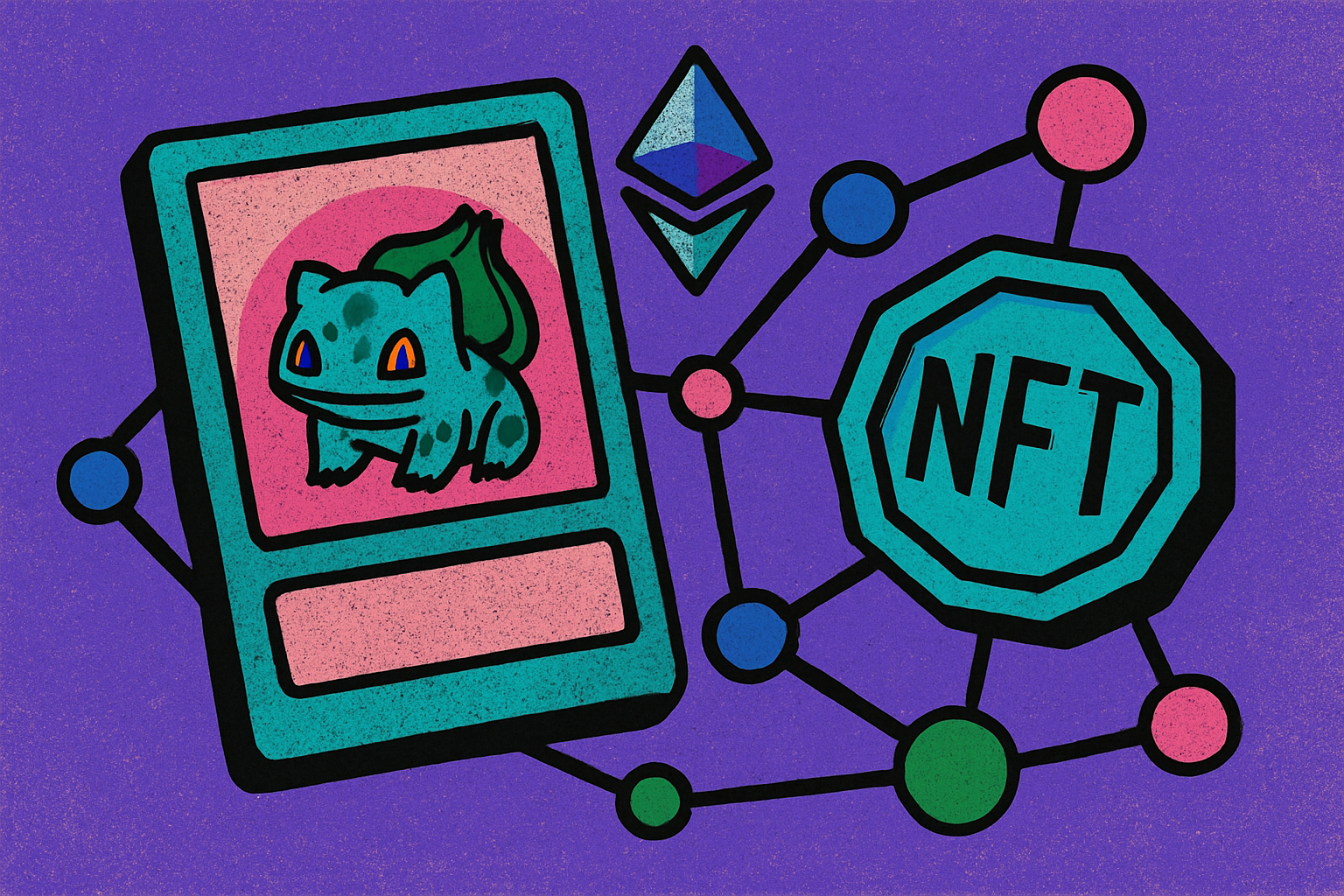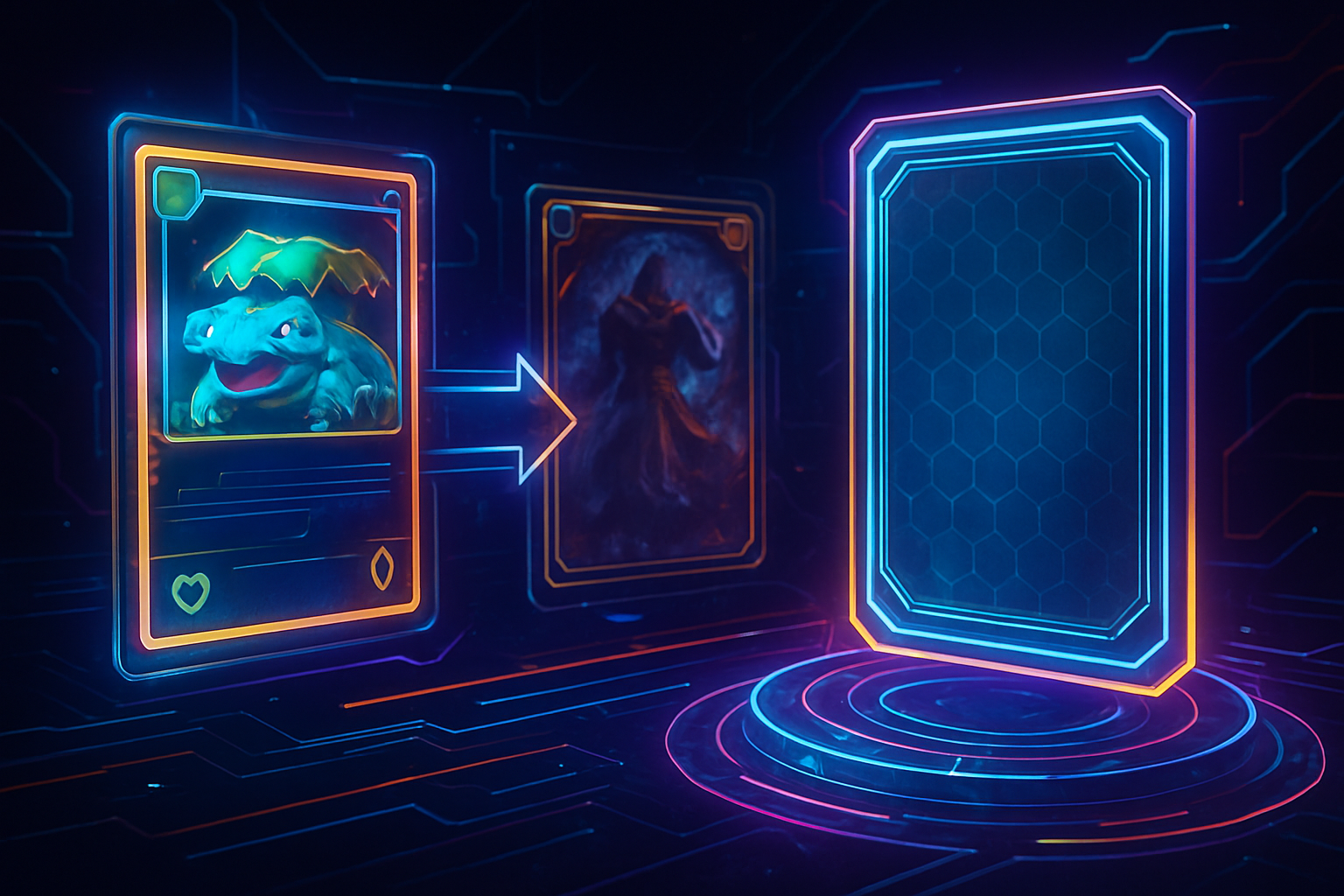
The intersection of trading card collecting and blockchain technology is transforming how collectors buy, sell, and authenticate rare assets. Tokenizing your Pokémon and Magic: The Gathering cards as NFTs unlocks a new dimension of ownership – blending physical nostalgia with the security, liquidity, and global reach of crypto infrastructure. Whether you’re looking to enhance your collection’s value or simply want to explore the future of RWA trading cards on the blockchain, this guide will walk you through each critical step.
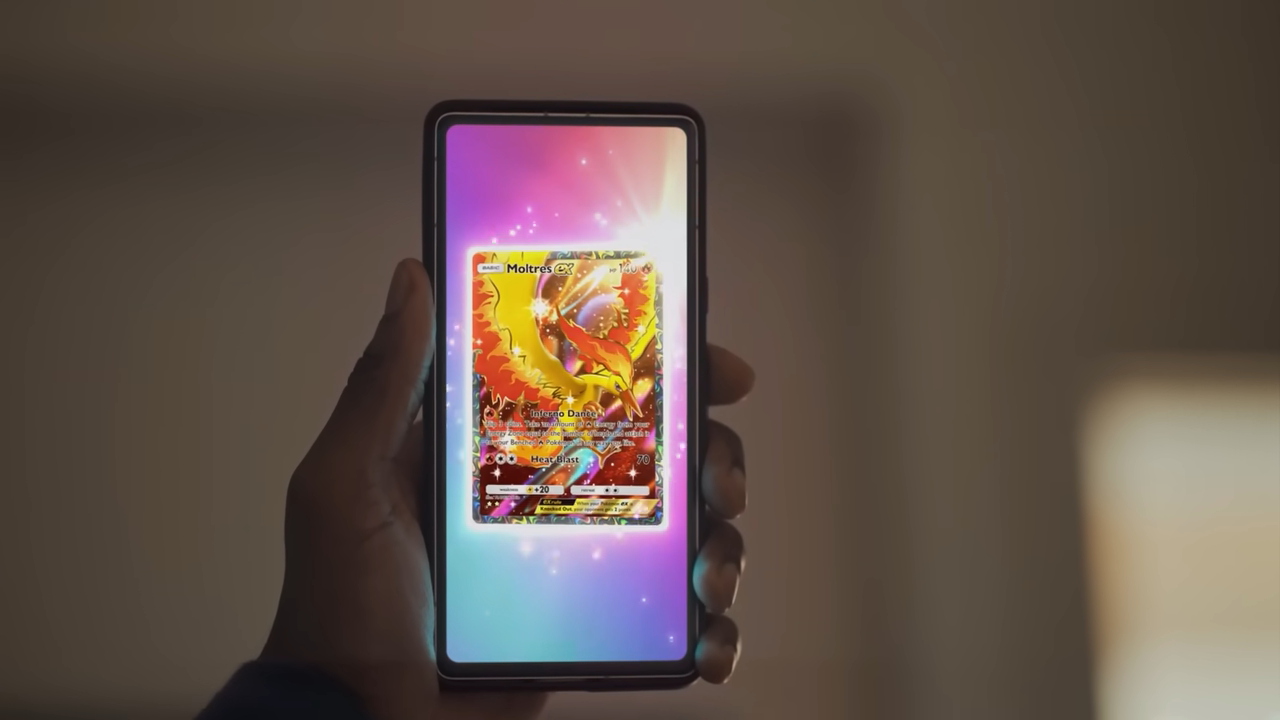
Why Tokenize Pokémon Cards and Magic: The Gathering?
Traditional card collecting has always faced challenges: verifying authenticity, ensuring secure transactions, and accessing buyers beyond local markets. By tokenizing your physical cards as NFTs (Non-Fungible Tokens), you create a digital twin that is verifiable on-chain. This process not only enables global trading but also provides proof of authenticity through immutable smart contracts. Platforms like tcgonchain. com are at the forefront, offering collectors seamless tools for physical card NFT conversion, NFT authentication for trading cards, and access to DeFi-powered liquidity.
Innovation thrives at the intersection of tradition and technology.
The Step-by-Step Process: Converting Physical Cards into NFTs
The actual process to tokenize Pokémon or Magic cards involves more than just snapping a photo. It’s about creating a bridge between your tangible asset and its digital representation, ensuring both security and market appeal.
Digitize Your Cards with Precision
Start by creating high-quality digital images of your cards. Use a scanner or DSLR camera in natural light for clarity – this ensures every detail (from holographic foils to set numbers) is preserved in the digital version. Remember, these images will become part of your NFT’s visual identity on marketplaces like OpenSea or tcgonchain. com.
Selecting Blockchain Platforms and Wallets for Trading Card NFTs
Your choice of blockchain matters. Ethereum remains the most popular due to its robust NFT ecosystem, but alternatives like Polygon are gaining traction thanks to lower gas fees without sacrificing security. Once you’ve chosen your blockchain, set up a compatible wallet (MetaMask is widely used). This wallet will store both your newly minted NFTs and facilitate all crypto transactions.
It’s crucial to keep private keys secure – losing access means losing control over your tokenized assets. Many collectors opt for hardware wallets for maximum safety when dealing with high-value collectibles.
NFT Minting Essentials: Metadata and Marketplaces
Minting is where your card officially becomes an NFT. On platforms like OpenSea or Rarible, upload your artwork along with detailed metadata: card name, set number, condition grade, provenance details (if available), and any unique attributes that increase collector appeal. Be transparent – accurate descriptions build trust in RWA trading card marketplaces.
- Pro Tip: Some platforms offer verified vaulting services where your physical card is professionally stored while the NFT trades freely online – enhancing buyer confidence in authenticity.
- Note: Always verify legal rights before commercializing digitized versions of copyrighted artwork from games like Pokémon or Magic: The Gathering.
With your NFT minted, you’re ready to list and promote your collectible on global marketplaces. Set a fixed price or choose an auction format, depending on demand and rarity. Be sure to use accurate tags like tokenize Pokemon cards, magic the gathering NFT guide, and RWA trading cards blockchain to maximize discoverability among crypto collectors and card game enthusiasts.
Promotion is key. Share your NFT listings in dedicated Discord channels, Twitter threads, and hobby forums. Showcase high-resolution images and highlight any unique provenance or grading, serious buyers want transparency and trust. Engaging with the community not only builds credibility but can also spark bidding wars for especially rare pieces.
Ensuring Authenticity: Custody and Verification
The future of NFT authentication trading cards lies in linking digital tokens with secure physical custody. Some advanced platforms provide professional vaulting services, your card is stored in a monitored facility, while you trade its NFT representation freely online. This hybrid model ensures peace of mind for buyers, who can verify both ownership and authenticity before making a purchase.
If you prefer self-custody, document every step: take timestamped photos of your card’s condition before shipping or storage; keep receipts from third-party graders if available. These details add value to your NFT’s metadata and enhance buyer confidence.
Advanced Strategies: Maximizing Value and Liquidity
The rise of DeFi-enabled RWA platforms means you can now unlock liquidity from high-value collectibles without selling them outright. For example, some protocols allow you to stake or fractionalize your trading card NFTs, enabling partial ownership or even borrowing against them as collateral for crypto loans.
This presents new opportunities for portfolio diversification and risk management within the collectibles space. However, always assess smart contract security and platform reputation before committing valuable assets.
The Future of Trading Card NFTs
The convergence of physical collecting with blockchain technology is only accelerating. As more collectors embrace NFT authentication trading cards, expect improved standards around provenance tracking, insurance options, and cross-chain interoperability, making it easier than ever to trade globally while preserving the legacy of iconic games like Pokémon and Magic: The Gathering.
If you’re ready to tokenize your collection or simply want to follow the latest trends in NFT trading cards, now is the time to get involved. The tools are accessible, communities are thriving, and the potential for value creation has never been greater.

